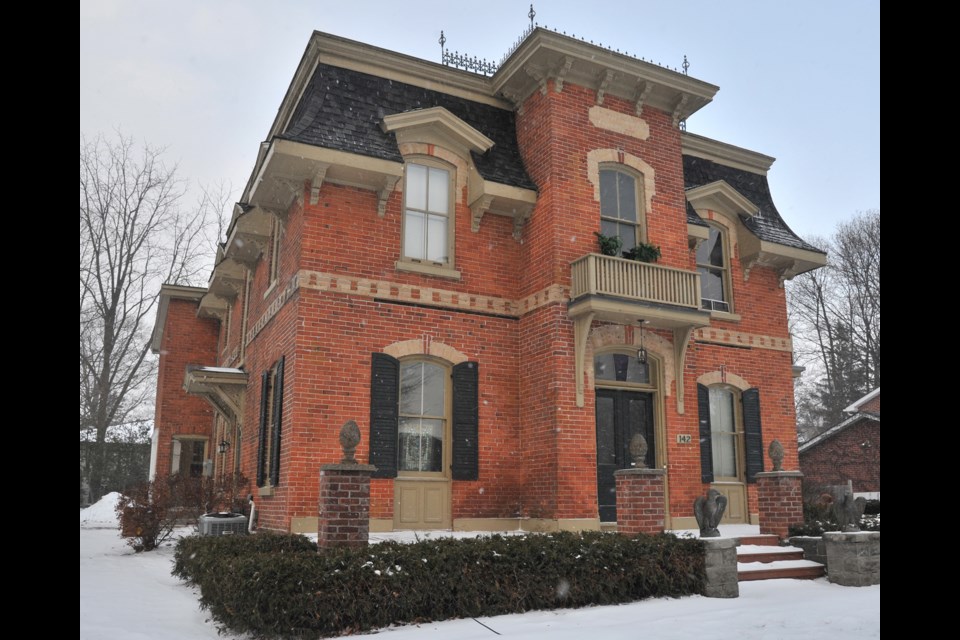Preserving the past is an insight into how we look at Barrie in 2019.
And also, to how future generations will remember us.
The city by the bay has an amazing history, spanning hundreds of years and including Indigenous peoples, colonization, conflict and settlement.
Many of the early, perhaps tumultuous, times are reflected in the city’s architecture.
While some of the structures may have have disappeared — consider the massive fires in the 1870s that necessitated a rebuilding of the downtown — there are many still with us to this day.
They are labours of love for their owners, who are much appreciated by the likes of Tomasz Wierzba.
The City of Barrie planner wears many hats.
Besides being a Heritage Advisory Committee liaison under the Ontario Heritage Act, he also has a deep love of history and historic buildings after university studies and travels abroad, specifically in Italy and Poland, as well as living in the Niagara Region.
But he is now firmly ensconced in Barrie and wouldn’t have it any other way.
“In comparison to older parts of the world, Canada is young, and it is important to preserve what we have,” he says. “Designating or listing properties to preserve historic elements is one way to do that.”
Under the Ontario Heritage Act, the city can identify buildings, properties, individual trees — or even entire landscapes and view-scapes — as having heritage value.
The Municipal Heritage Register is regularly reviewed and updated and helps to foster civic identity and pride, Wierzba says, adding it also assists land-use planners, property owners, developers, the tourism industry, educators and the general public.
“Designating or listing properties on the register is important as it helps preserve our link to the past,” he says. “Our built cultural heritage tells our story, of where we came from and what we did.”
Heritage properties are usually very unique, and feature custom and often hand-crafted elements that you won’t necessarily find in today’s newer homes, he adds.
“I would characterize Barrie’s built cultural heritage to be made up of what people commonly refer to as a ‘century home’,” he says. “These are typically 100-plus year-old buildings, usually two-plus storey, with red brick, wide front porches, bay windows, peaked roofs, and high ceilings.
“Inside you’ll typically find hand-crafted mill work, trim, flooring as well as plastered ceilings,” Wierzba says. “Sometimes these century homes have doors, stair cases, and railings that are made from exotic woods as they were made to withstand years of use.”
Many of the larger and more unique heritage homes in Barrie were built by once prominent members of the community, he adds, citing 126 Letitia St., which was built by Lt. Col. Alexander McKenzie, a Barrie militia commander as well as a watch maker.
Another is 62 William St., which was the home of an RCAF pilot who fought and died in the Second World War in the Battle of Britain.
“Stories like this are often hidden behind the beautiful facades of Barrie’s heritage homes,” Wierzba says.

